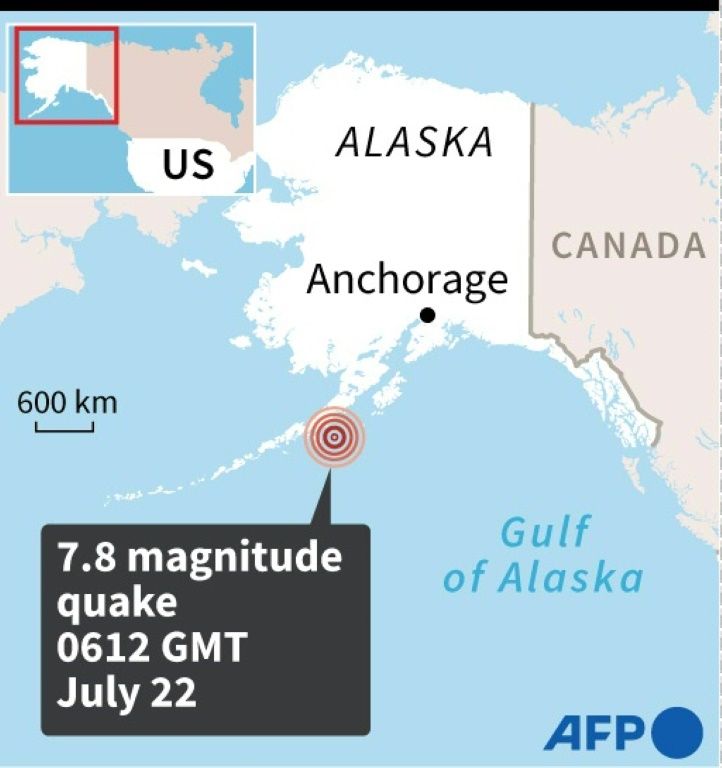

Local men gathered on the pier, hired as dockworkers to unload the ship after it moored.Īccording to Valdez eyewitness Gloria Day, the earth began to heave and ripple and buildings rose and fell.

Children waited eagerly as crewmembers typically threw candy to kids on the dock and the ship’s cook handed out oranges and other fruits. Since it was Good Friday, school was out. Carrying much-needed supplies, families gathered in anticipation. The SS Chena had steamed into Valdez shortly after 4:00 p.m., under the command of Capt.

One of the Alaska Steam Company’s converted Liberty ships was due to arrive on a regular cargo run from Seattle. The waterfront in Valdez, located 119 miles east of Anchorage, was abuzz. The earth heaved and fell as shockwaves rippled, accompanied by a deep roar. Instead of subsiding, however, the movement grew violent. On that fateful day in Anchorage, the movement of the earth was gentle at first, a slight rumbling and rolling. The “Great Quake” caused soil liquefaction, ground fissures, structural collapses, tsunamis, and the death of 131 Alaskans. There, where the Pacific Plate subducts the North American Plate, 600 miles of fault line were torn asunder. Lasting almost five minutes, the megathrust quake, measuring 9.2 on the Richter scale, occurred when the Aleutian Fault ruptured near College Fjord in Prince William Sound 74 miles east of Anchorage. That day, the strongest earthquake ever recorded in North America struck southern Alaska. In his recent book, acclaimed writer Henry Fountain described the devastation that occurred March 27, 1964, at 5:36 p.m. In the water, some of the victims were caught in a whirlpool of water and debris… It was as if the earth were swallowing everyone… -Henry Fountain, The Great Quake One clung to the side of the fissure before he too, fell in. A long slice of the seaward edge of the plain…a section nearly a mile long and as much as six hundred feet wide-compacted, slumped, and then slid into the bay… men tumbled into the water, grasping for anything – timbers, boxes, debris-to stay afloat.


 0 kommentar(er)
0 kommentar(er)
